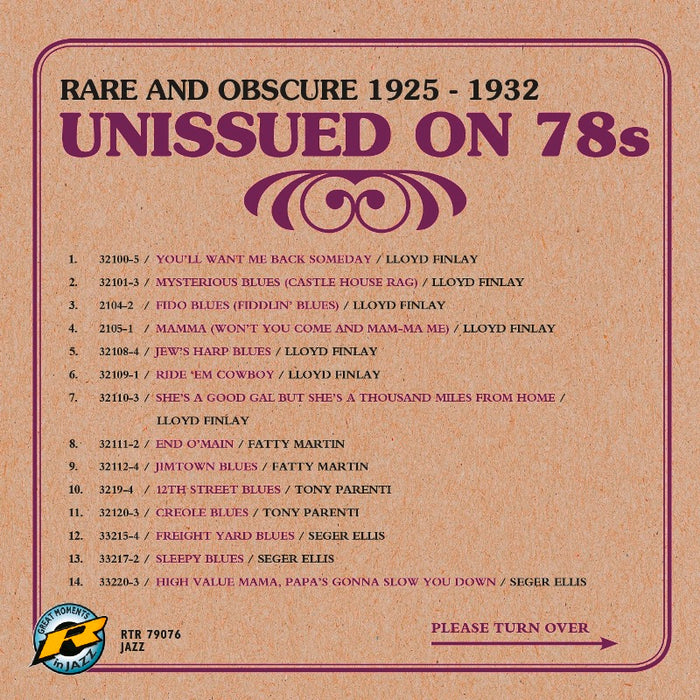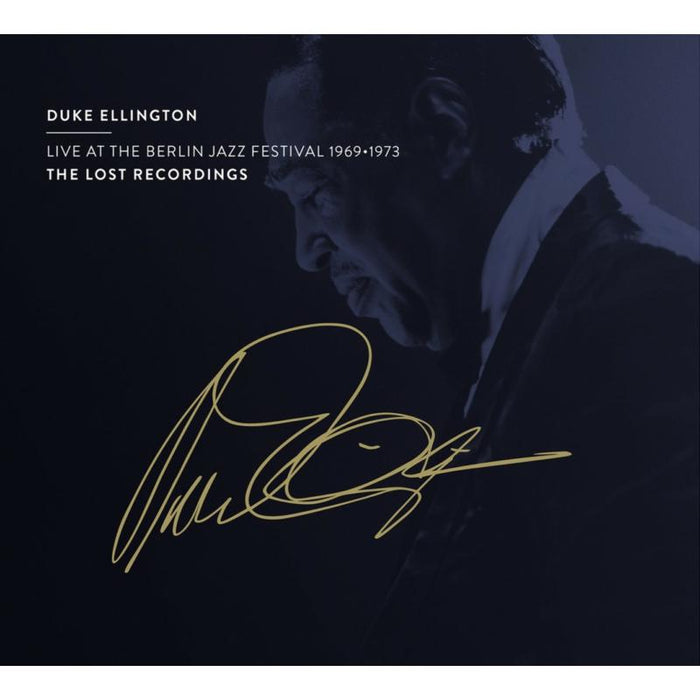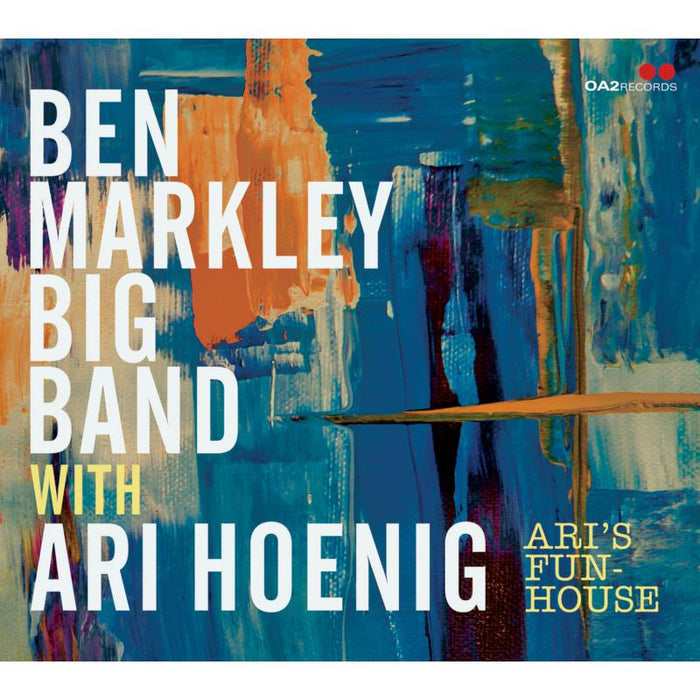Description
One of Schubert's legacies with one of his most beautiful compositions is the Arpeggione Sonata. Schubert took a liking to the bowed guitar, at least for one veritable work: the Sonata in A minor, composed in November 1824.
The Arpeggione instrument disappeared as quickly as it had arrived. All these attempts around 1800 to expand the family of string instruments had long been forgotten when Franz Schubert's Arpeggione Sonata was published for the first time 43 years after his death in 1871, immediately with alternative solo parts for violin, viola or violoncello.
Almost all violists and cellists have included Schubert's marvellous Arpeggione Sonata in their repertoire - thus keeping alive the memory of the attempt to make the proverbial 'pearl sounds' accessible for string instruments - for an eternity. Shostakovich's viola sonata conveys a special, gradually dissolving sense of time. It is neither at home today, nor yesterday, nor in the future, but in eternity. The composer himself said almost nothing about the work, except that it was "bright and clear".
He called the first two movements a "novella" and a "scherzo". About the finale, he revealed that it was "an adagio in memory of Beethoven". The Viola Sonata is Shostakovich's last work and, beyond personal consternation, it is an exploration of the last things, as many important composers have done; important references for Shostakovich were, for example, Beethoven's Sonata op. 111 or Mahler's Symphony No. 9 and Das Lied von der Erde.














